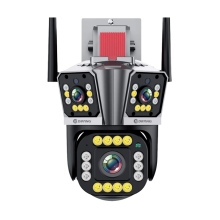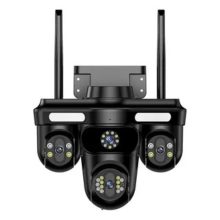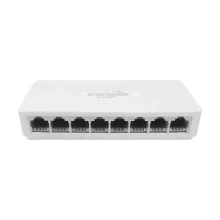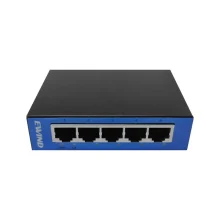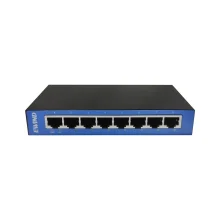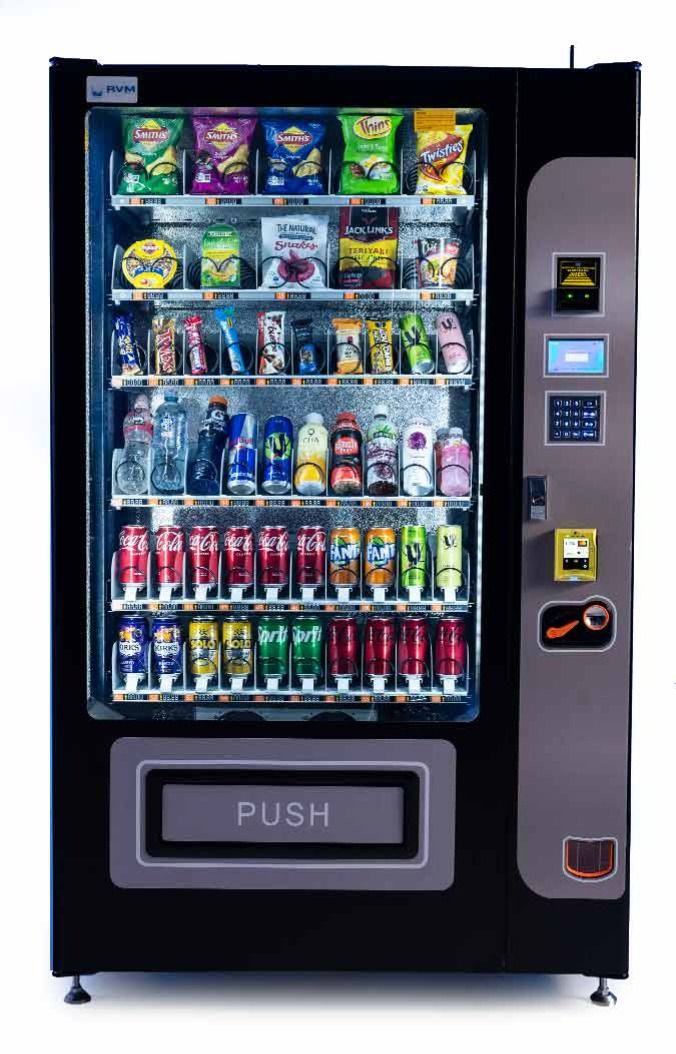The transition to cloud and edge AI continues to accelerate
The research findings highlight that the move from on-premise server systems to hybrid architectures continues at pace. This development is driven by the need for greater scalability, faster processing, and improved bandwidth usage. The hybrid model, which combines the immediate processing capabilities of edge AI on cameras with the scalability and long-term data storage of the cloud, is emerging as the preferred approach by many. This balance allows organizations to harness the strengths of both technologies.
The integration of diverse data sources
Research respondents agreed that integrating additional sensory data, such as audio and contextual environmental factors, to complement video data will enhance situational awareness, provide deeper, more actionable insights, and offer a more comprehensive understanding of events. Ultimately, this will revolutionize safety and security while elevating business intelligence capabilities.
Combining multiple streams of data enables more accurate detection and prediction of potential threats. For instance, in emergency scenarios, pairing visual data with audio analysis can allow security teams to respond faster and more accurately.
Facial recognition gains traction
The research also highlighted that facial recognition seems to have become more widely adopted in many countries, supported by the introduction of new regulations to help clarify how this technology can be applied ethically, and provide a framework for its responsible use.
Experts interviewed predicted that facial recognition will continue to gain traction globally, but there must first be alignment with privacy regulations and transparency about how the technology works. Ethical considerations around the use of facial recognition remain a central focus, particularly in regions with strong privacy laws.
About the report
The report combines insights from in-depth interviews with AI experts from Axis global partner network and data from surveys of distributors and channel partners across 68 countries, and end customer in 64 countries.

